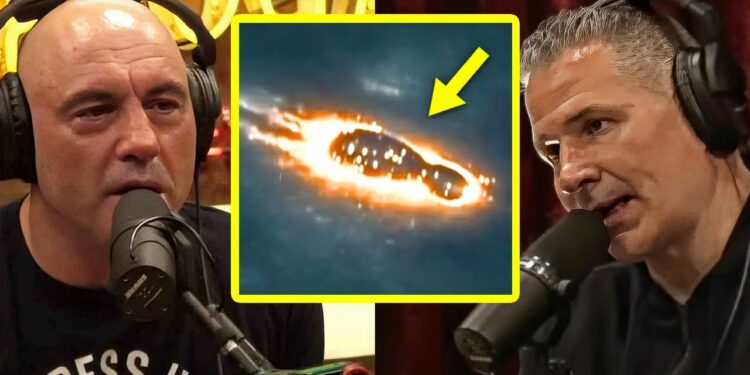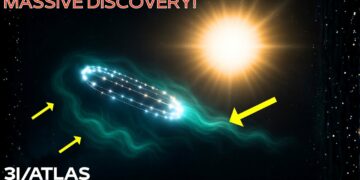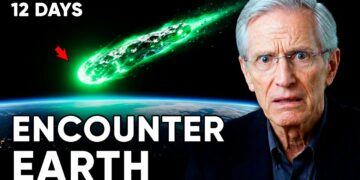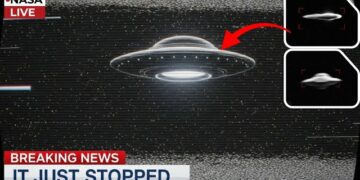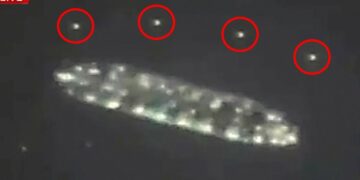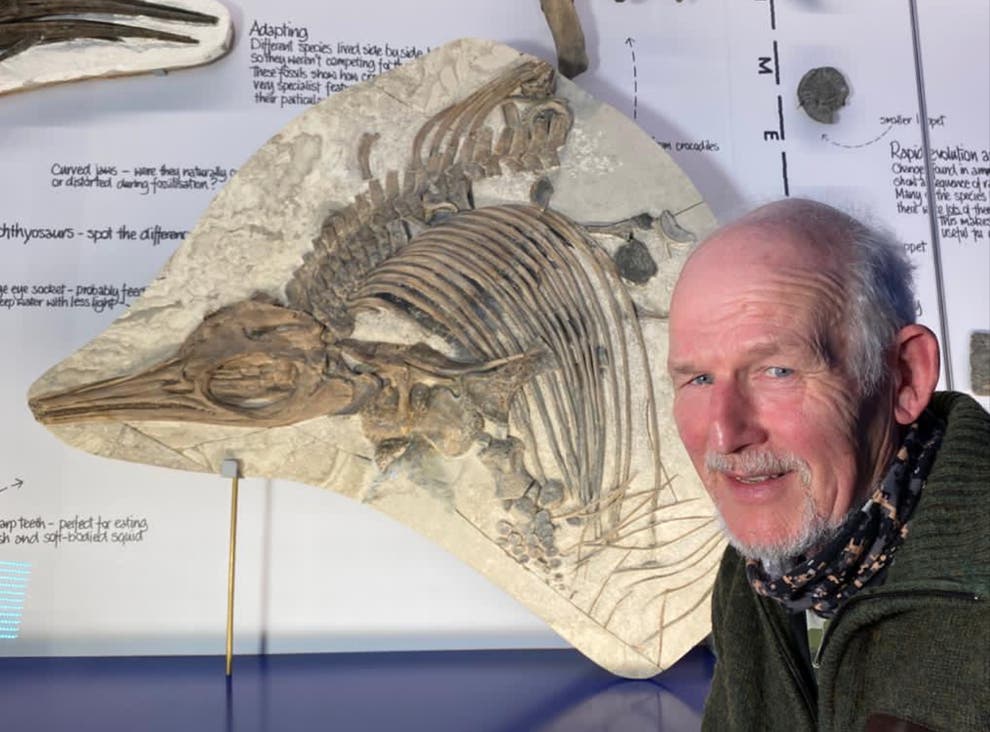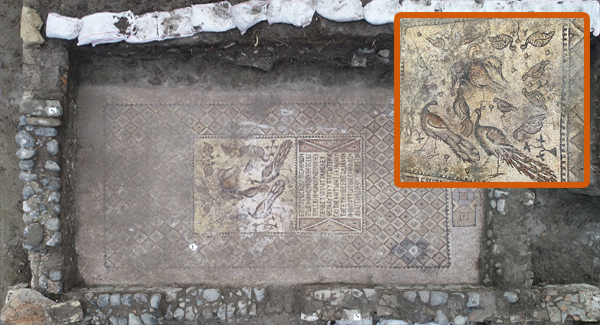In 2017, astronomers discovered ‘Oumuamua, the first confirmed interstellar object to pass through our solar system, detected by the Pan-STARRS telescope in Hawaii. Named “messenger from afar” in Hawaiian, ‘Oumuamua exhibited unusual characteristics: an elongated, cigar or pancake-like shape, roughly 800 feet long and 100 feet wide, with a reddish hue and no visible cometary tail. Its high speed (196,000 mph) and hyperbolic trajectory confirmed it originated outside our solar system, moving too fast to be bound by the sun’s gravity. Unlike typical comets, it showed non-gravitational acceleration without outgassing, puzzling scientists. Harvard professor Avi Loeb suggested it could be an artificial object, possibly an alien light sail, due to its shape, reflectivity, and acceleration, which could be explained by solar radiation pressure acting on a thin, flat structure. This theory sparked debate, with most scientists favoring natural explanations, such as a nitrogen or hydrogen iceberg or a fragment from a distant planetary system. However, its composition remains uncertain as it’s now too far for observation.
In 2019, a second interstellar object, comet 2I/Borisov, was spotted, behaving like a typical comet with a visible coma and tail, unlike ‘Oumuamua. In 2025, a third interstellar object, 3I/ATLAS, was detected by the ATLAS telescope system. Moving at 150,000 mph with a hyperbolic orbit and high eccentricity, it’s significantly larger (10-20 km) than ‘Oumuamua or Borisov and unusually bright, possibly due to a reflective surface or early cometary activity. Its trajectory will bring it closest to Mars in October 2025, the sun in late October, and Earth in December, before exiting the solar system. The Vera C. Rubin Observatory, recently operational, is expected to enhance detection of such objects, potentially revealing more about their origins and compositions. Theories about these objects range from natural (comets, ice fragments) to speculative (alien technology), with ongoing observations aiming to clarify their nature.

